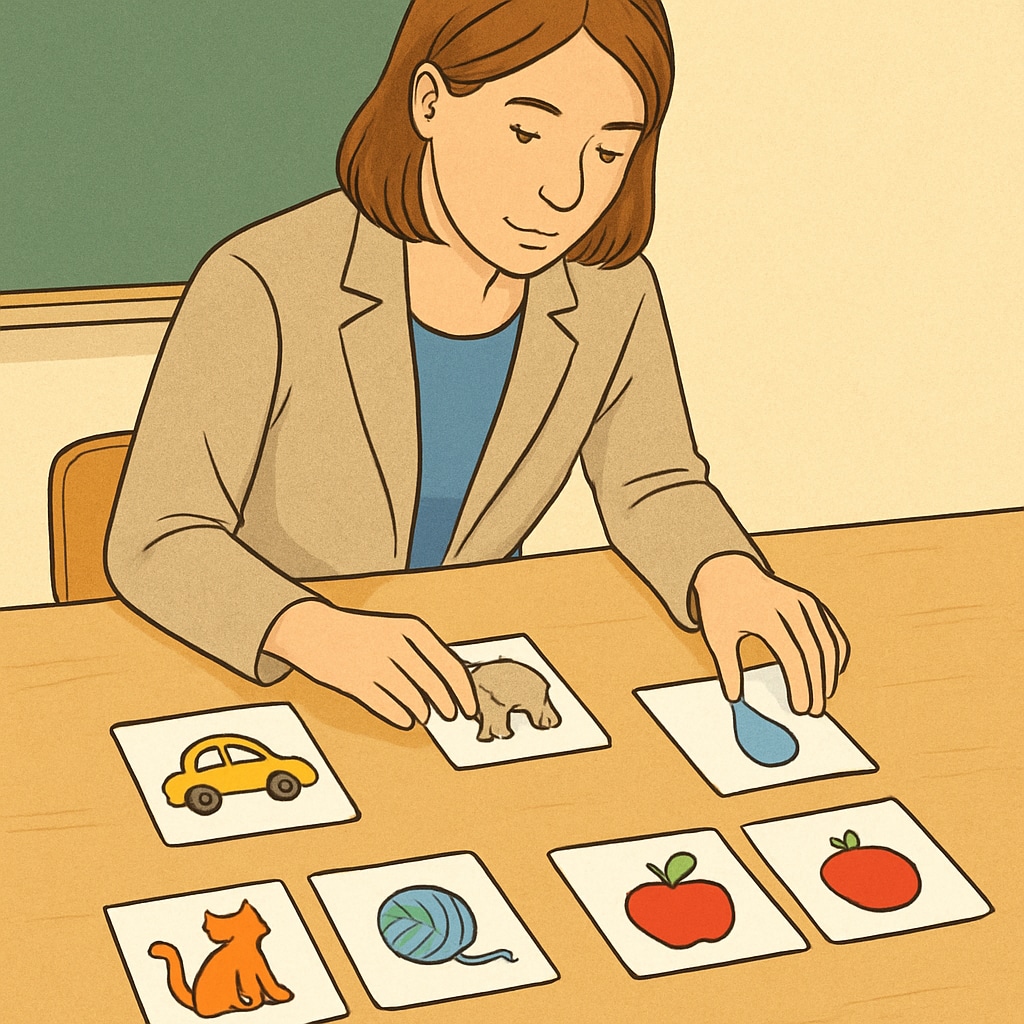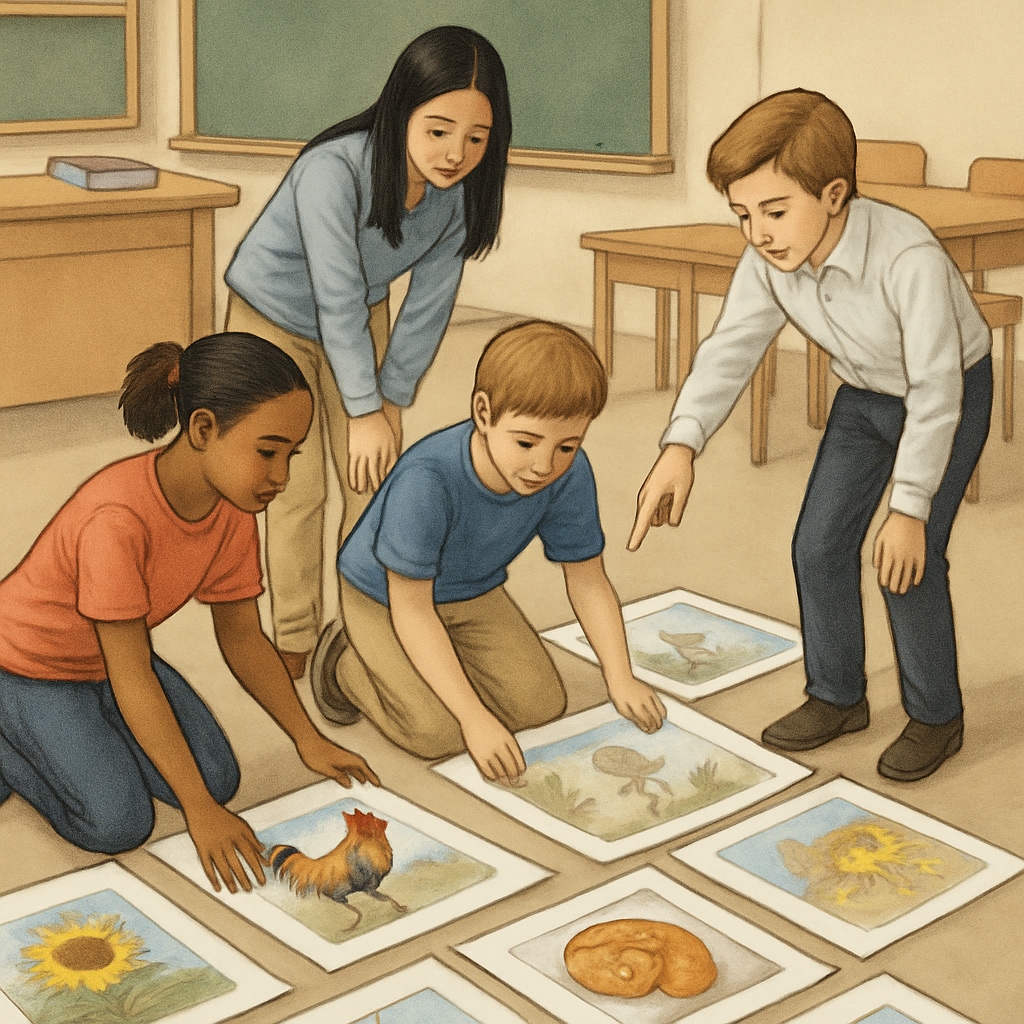Organizing Zoom/ReZoom teaching materials can often feel like solving a complex puzzle. These interactive books, designed by Istvan Banyai, challenge participants to piece together a story based on interconnected visual clues. For educators, the key lies in mastering the correct sequence to maximize the engagement and educational value of these materials. In this guide, we’ll explore practical steps and strategies to help educators restore the optimal order of Zoom and ReZoom materials, ensuring their seamless integration into K-12 classrooms.
Understanding the Unique Structure of Zoom and ReZoom
Zoom and ReZoom are celebrated for their unique storytelling approach, where each page zooms in or out of the preceding one, revealing new perspectives. In Zoom, the sequence moves progressively outward, while ReZoom reverses the process, zooming inward. This dynamic interplay between images fosters critical thinking, collaboration, and observational skills. However, when the sequence is disrupted, the activity’s effectiveness diminishes, requiring educators to rebuild the order.

Strategies to Restore the Correct Sequence
Rebuilding the sequence of Zoom/ReZoom materials involves careful observation and logical reasoning. Here are some actionable tips:
- Analyze Visual Clues: Pay attention to the details on each page, such as recurring patterns, objects, or colors. These clues often provide hints about the correct order.
- Understand the Narrative Flow: Consider the overall story progression—Zoom typically moves outward, while ReZoom zooms inward. This understanding can help guide your sequencing efforts.
- Engage Students: Involve students in the sequencing process as a collaborative activity. Their fresh perspectives and observations may uncover connections you might overlook.
- Use Community Resources: Online forums, educator groups, and teaching communities often share tips and solutions for organizing Zoom/ReZoom materials effectively.
Integrating Zoom/ReZoom into Classroom Activities
Once the correct sequence is restored, educators can integrate these materials into various classroom activities to enhance learning outcomes. For example:
- Group Collaboration: Divide students into teams and challenge them to sequence the pages correctly. This encourages teamwork and communication skills.
- Critical Thinking Exercises: Use the books as a springboard for discussions on perspective, context, and storytelling techniques.
- Creative Projects: After completing the sequence, ask students to create their own Zoom-inspired narratives or visual stories.

Leverage Professional Educator Communities
Educators facing sequencing challenges can benefit from resources shared by professional communities. Online platforms such as Wikipedia’s educational resources or forums like Edutopia offer valuable insights and tips for using interactive teaching materials effectively. Additionally, social media groups and teaching blogs often provide solutions tailored to specific classroom scenarios.
By connecting with these communities, educators can exchange ideas, access step-by-step guides, and even download visual aids for Zoom/ReZoom activities. This collaborative approach not only simplifies the sequencing process but also enriches the overall classroom experience.
Maximizing the Educational Impact of Zoom and ReZoom
The correct sequence of Zoom/ReZoom materials unlocks their full potential for fostering critical thinking, creativity, and collaboration in students. By following the strategies outlined in this guide, educators can transform these interactive books into powerful teaching tools. Whether used as standalone activities or integrated into broader lesson plans, Zoom and ReZoom are invaluable resources for engaging K-12 learners in dynamic, perspective-shifting discussions.
In conclusion, restoring the sequence of Zoom/ReZoom teaching materials is less about solving a puzzle and more about unlocking their educational value. With the right strategies and community support, educators can ensure these interactive books become a staple in their teaching toolkit.


